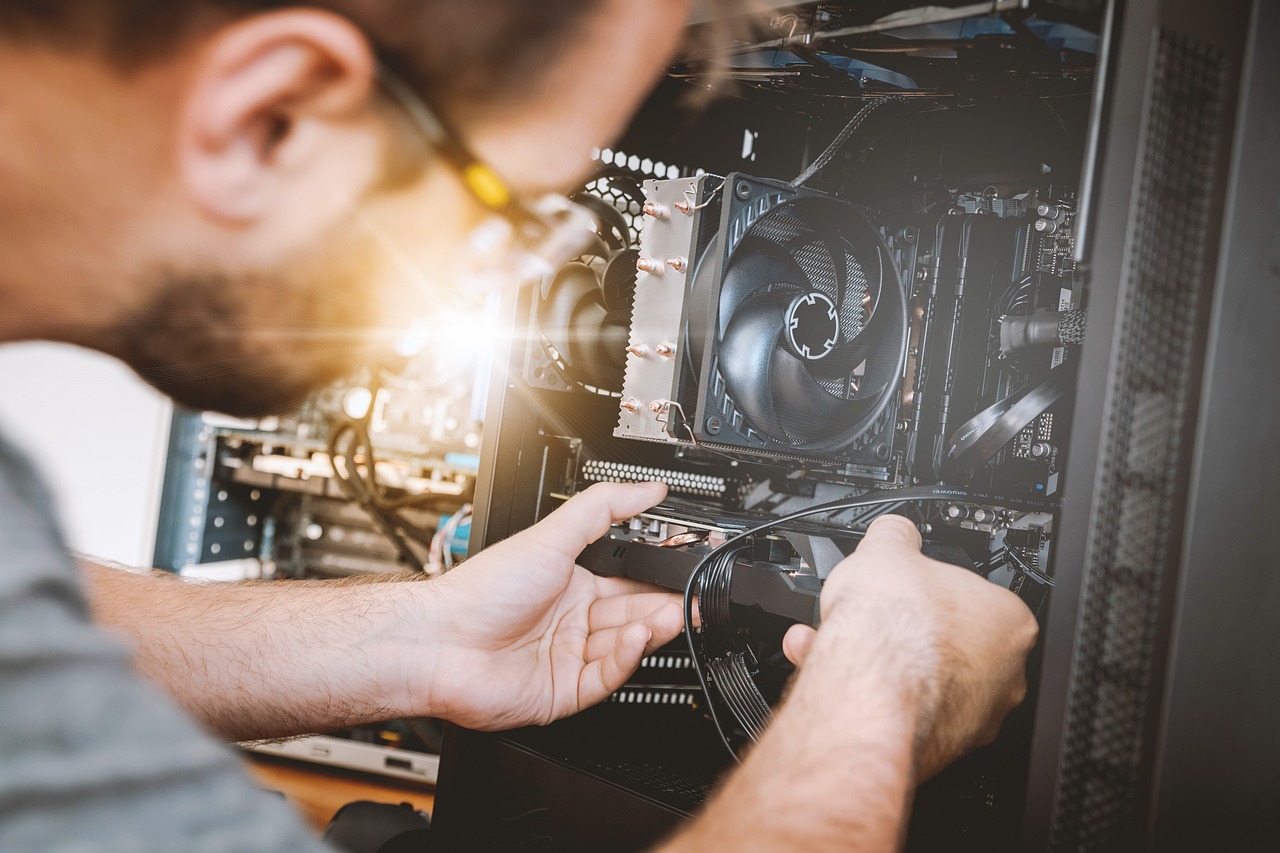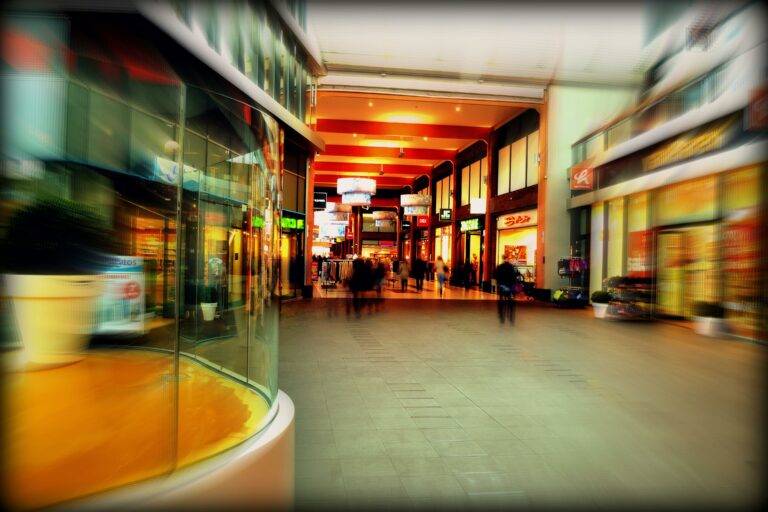Smart Cities: Technology-driven Urban Planning
Urban planning faces numerous challenges in today’s rapidly evolving cities. One major obstacle is the lack of affordable housing, as urban populations continue to grow, putting pressure on housing availability and affordability. This issue not only impacts residents’ quality of life but also exacerbates social inequalities within cities.
Transportation congestion is another key challenge in urban planning. Increasing populations lead to higher demands on transportation infrastructure, resulting in traffic gridlocks and environmental concerns. Finding sustainable solutions to alleviate congestion while reducing carbon footprints remains a pressing issue for urban planners striving to create efficient and livable cities.
• Affordable housing shortage
• Impact on quality of life and social inequalities
• Transportation congestion
• Higher demands on transportation infrastructure
• Traffic gridlocks and environmental concerns
• Finding sustainable solutions to alleviate congestion
Impact of Technology on Urban Development
Technology plays a significant role in shaping the development of urban areas. From smart traffic management systems to sustainable energy solutions, advancements in technology have transformed the way cities function and evolve. Through the integration of data analytics and artificial intelligence, urban planners can now make informed decisions to improve the overall quality of life for residents.
Furthermore, the emergence of smart infrastructure such as Internet of Things (IoT) devices has revolutionized urban development. These interconnected devices enable real-time monitoring and efficient resource management, leading to enhanced safety and sustainability in cities. As technology continues to advance, its impact on urban development will only continue to grow, offering new possibilities for creating more livable and resilient urban environments.
Role of Internet of Things in Smart Cities
The integration of Internet of Things (IoT) in smart cities has revolutionized urban development in recent years. The interconnected network of devices and sensors enables efficient management of resources and infrastructure, leading to improved quality of life for residents. From smart energy grids to advanced transportation systems, IoT technologies play a vital role in creating sustainable and resilient urban environments.
One key advantage of IoT in smart cities is its ability to collect and analyze real-time data, allowing for quick decision-making and proactive problem-solving. By leveraging data from various sources, city officials can enhance public services, optimize traffic flow, and tackle environmental challenges effectively. As the world becomes more urbanized, the adoption of IoT solutions is crucial to building smarter and more livable cities for the future.
What are some challenges in urban planning faced by cities?
Some challenges in urban planning include congestion, pollution, limited resources, and lack of efficient infrastructure.
How has technology impacted urban development?
Technology has revolutionized urban development by providing innovative solutions for transportation, energy management, waste management, and overall city efficiency.
What is the role of Internet of Things in smart cities?
The Internet of Things (IoT) plays a crucial role in smart cities by connecting devices and sensors to gather data in real-time, optimize resource usage, improve public services, and enhance overall quality of life for residents.







